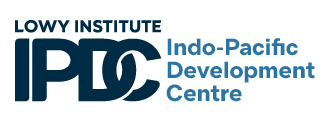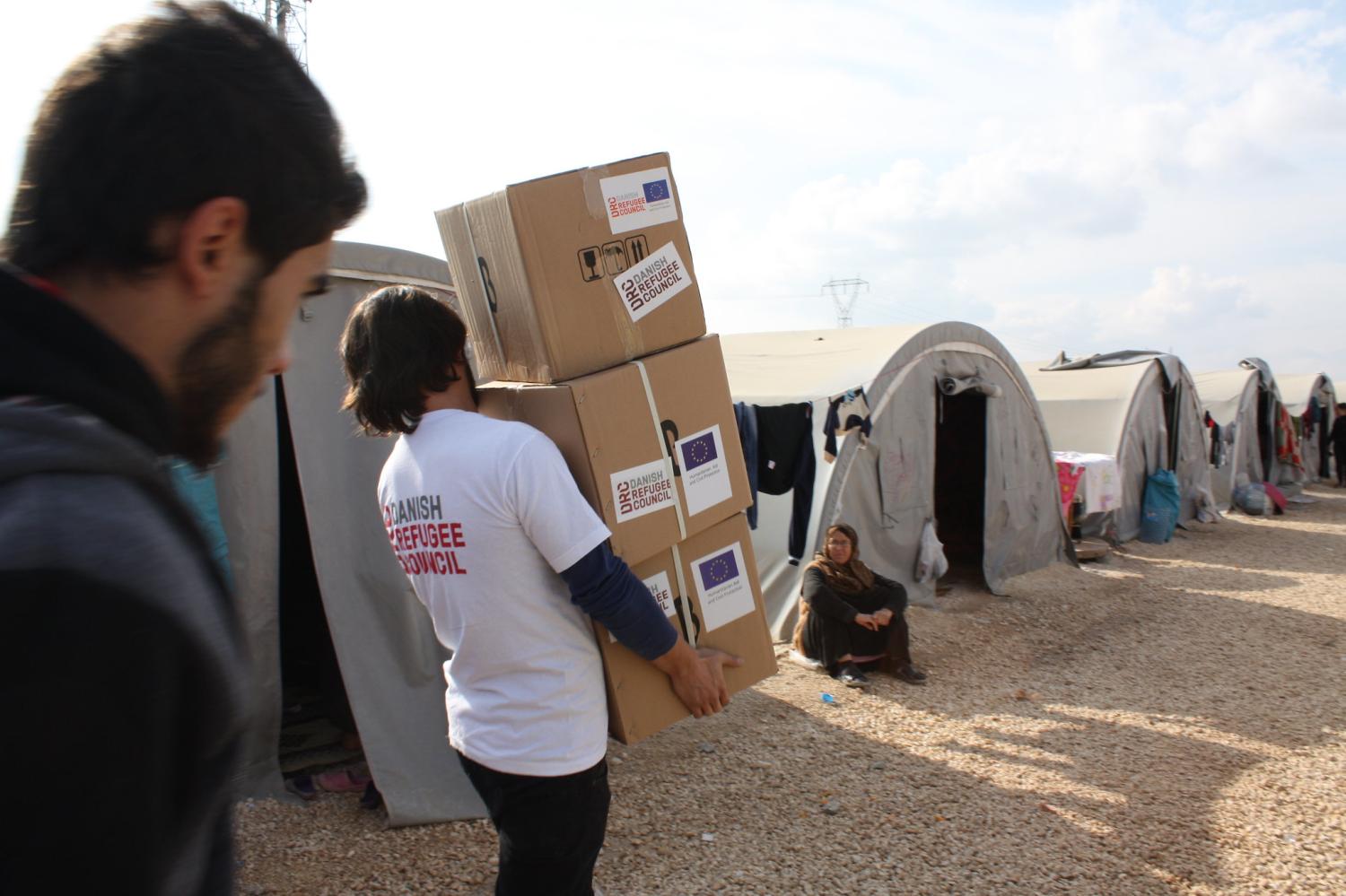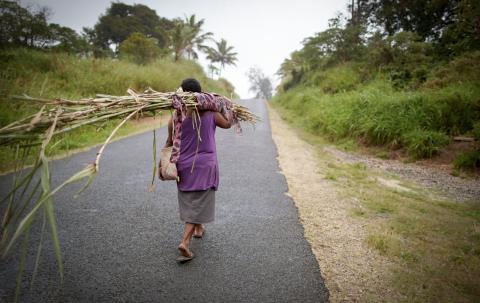Heard diplomats or analysts using a new turn of phrase only to wonder, “What does that mean?” Today we ask…
What is Official Development Assistance?
Official Development Assistance or ODA is the formal name for what is more commonly known as foreign aid. The term covers flows of humanitarian and development-focused support given to developing countries.
ODA can be in the form of grants – gifted money, supplies and equipment – or discounted (known as “concessional”) loans with interest rates far below market prices. Military, security and commercially-driven support is excluded from ODA. Only low and middle-income countries are eligible to receive ODA, and it must be provided by official government agencies or through multilateral institutions.
Aid flows are reported as either commitments or disbursements, two categories often confused. Commitments are signed deals. Disbursements are the actual transactions where money is spent on the ground. There can be significant lags between commitments and disbursements, and some commitments are never followed through at all, so it’s important to keep track of both.
What is OOF?
OOF stand for “other official flows”, the category that captures government or multilateral transactions that don’t meet ODA criteria. Grants to developing countries that are commercially-driven rather than explicitly development-focused fall into OOF, as well as support loans that are too close to market rates. OOF also includes other forms of government-to-government support like export credit and private sector subsidies.
As recipients of ODA get wealthier, they progressively substitute ODA with OOF, the role of OOF being essential to mobilising private resources, including foreign investment.
What are traditional and non-traditional donors?
While there is no formal definition, the term “traditional donors” is generally taken to include high-income countries, most often members of the OECD’s Development Assistance Committee. These donors are typically associated with the Bretton Woods agreements and the US-led post-Second World War economic reconstruction agenda.
The traditional donor group also includes a variety of multilateral non-government organisations such as the UN and World Bank, with the latter largely controlled by the same group of traditional bilateral donors.
In a process known as the “securitisation of aid”, geopolitics and great power rivalry are said to compel states to employ aid and development as tools of statecraft, seeking to generate goodwill and influence.
Non-traditional donors are those who are, or were until very recently, aid recipients. China and India are examples of non-traditional donors with considerable overseas development programs.
Getting a clear view of the aid spending of non-traditional donors is complicated by transparency issues. While traditional donors publish details of their aid activities annually, major non-traditional donors often do not. In developing regions like Southeast Asia and the Pacific, aid tracking efforts depend on desk research to generate estimates of the contributions of major non-traditional partners.
Why do countries give aid?
The drivers behind aid are the subject of intense debate. Aid programs are driven by a mix of factors, none mutually exclusive.
While the most intuitive motivation might seem to be ethical – reduction of poverty, improvement of living standards or climate adaptation being reason enough – states are fundamentally self-interested and there are plenty of other reasons used to justify, and guide, overseas development programs.
Famously, there is no such thing as a “free lunch”. Countries often give aid to their own former territories or colonies following independence, in efforts to support state building, preserve influence and maintain connections with diaspora communities. Others are said to be motivated by purely commercial aims, with assistance to poorer countries underpinned by a desire to access new markets, foster future trade relationships or open the door to natural resources.
In a process known as the “securitisation of aid”, geopolitics and great power rivalry are said to compel states to employ aid and development as tools of statecraft, seeking to generate goodwill and influence.
One of the most persuasive reasons for giving aid is the challenge of transnational threats: climate change, crime, humanitarian crises, armed conflict and disease can easily spill across borders, so it’s in a rich country’s interests to help a poor country deal with those problems before they grow.


